Concurrent Session I | May, 8 | 9:30 – 11:00 AM MT
Breakout 1 | Breakout 2 | Breakout 3 | Breakout 4 | Breakout 5
Return to Schedule
Session A1
DOD NEPA Panel | NEPA
9:30 – 11:00 AM
| About the Presentation |
|
This session will include DOD NEPA Program Managers to participate in a panel session to discuss NEPA-related issues, challenges, lessons learned, and any new developments in NEPA practice. In addition, to representatives from each of the major Military Services (Army, Navy, Air Force), the goal is to also have representatives from the Marine Corps, National Guard, and U.S. Coast Guard.
Session Objectives:
- Gain an understanding of the latest issues and challenges faced by DOD as it relates to NEPA implementation (e.g., staffing, contracting, equity, diversity, and inclusion, etc.)
- Share lessons learned from recent NEPA projects.
- Discuss NEPA Program Developments including the latest policy, guidance, tools, and best practices.
|
| About the Moderator |
|

Helene Merkel
Sr. Program Manager
Marstel-Day, LLC
Ms. Merkel is an experienced Program Manager currently working with Marstel-Day, LLC. She brings a demonstrated history and success executing large-scale environmental and natural resources programs. She is skilled in environmental planning, natural resources management, watershed management, policy development, and comprehensive planning. Her NEPA experience includes providing NEPA program support for the Army and Air National Guard, NEPA policy development, NEPA training course development and instruction, preparation of all levels of NEPA documentation, and public outreach and engagement. Ms. Merkel has a strong track record of awards and recognition from clients and professional organizations including the Army National Guard, Air National Guard, Army Environmental Command, the National Association of Environmental Professionals (NAEP), and the Society of American Military Engineers. Ms. Merkel was a member of the NAEP Board of Directors for 10 years where she served as Vice President and Secretary. She was also the first recipient of the NAEP Norm Arnold Award for outstanding service to the organization.
Ms. Merkel graduated from The George Washington University with a Masters of Urban & Regional Planning, and a Bachelors of Arts degree in Urban Studies (Environmental Planning concentration) from the University of Maryland, College Park.
|
|
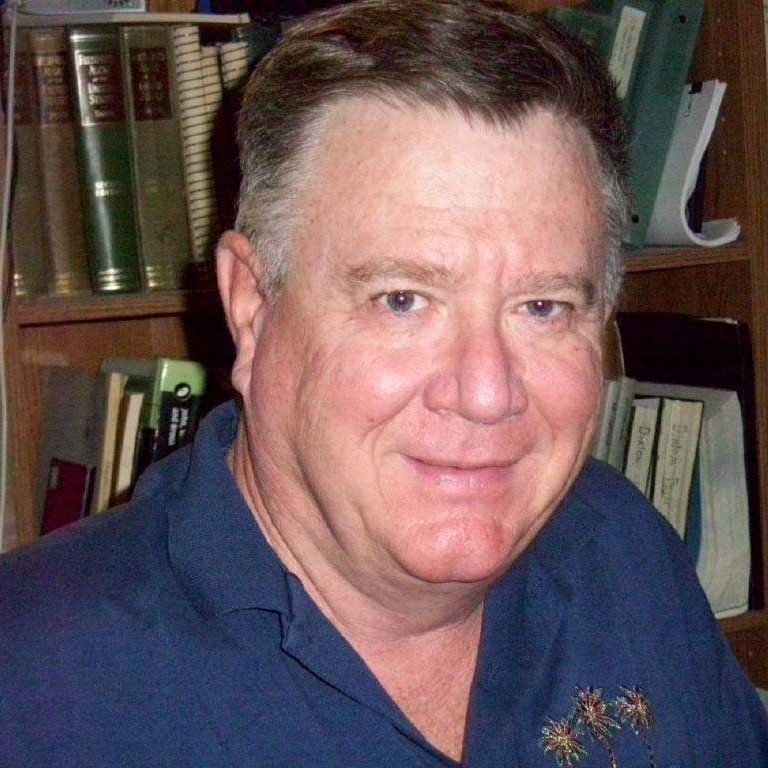
Danny Reinke, PhD
NEPA Program Manager
Edwards Air Force Base
Dr. Reinke has more than 20 years of NEPA experience working for private consulting firms and for DoD and other federal agencies. Currently, he works at Edward AFB, CA where he is a Senior Environmental Scientist for NEPA and Natural Resources issues.
Before coming to Edwards AFB he worked for the Army National Guard at both the installation and NGB headquarters level where he developed the initial NEPA guidance for the Army National Guard. Dr. Reinke received a BS in Biology/Chemistry from Southwester Oklahoma State College (1973) and an MS in Botany (1975) and PhD in Plant Ecology (1980) from the University of Kansas.
Dr. Reinke is a member of numerous national and international environmental organizations and is the senior author of two books. "The NEPA Reference Guide" 1999 Battelle Press and "Endangered Species, Legal Requirements, and Policy Guidance"2001 Battelle Press both coauthored with Lucinda Low Swartz.
|
| About the Speaker(s) |
|
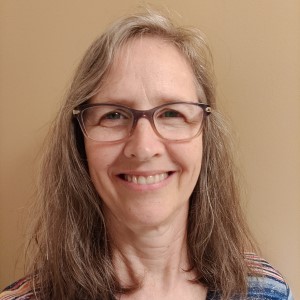
Pamela Klinger
NEPA Program Manager and AMC's Lead POC for Climate Change
HQ Army Materiel Command, G-4 Environmental, and Energy Division
Ms. Klinger has more than 30 years of experience in environmental and master planning. She is currently the National Environmental Policy Act (NEPA) Program Manager and lead point of contact for climate resiliency at the U.S. Army Materiel Command (AMC). She previously worked at a subordinate command, the U.S. Army Environmental Command (USAEC), where NEPA was as her area of expertise since 2011. AMC is a 4-star command with oversight of operations supporting an expeditionary global force and management of 95 Active Army installations. Ms. Klinger’s NEPA and climate resiliency support is far-reaching as the AMC enterprise engages in supporting the day-to-day business of the Army, including needs for buildings, training ranges, and utilities. Her NEPA management has helped ensure Army leaders take environmental impacts into consideration prior to making decisions. She has managed numerous environmental impact statements and environmental assessment projects. Her NEPA leadership has provided process improvements and informed updates of Army-wide policies and regulations. Her climate resiliency leadership helped shape the development of the Army Climate Strategy and subsequent implementation plan and is helping the AMC enterprise strengthen its capabilities to be resilient in the face of climate change. Ms. Klinger received a BS in Geology from the University of Miami and a Master of Planning from the University of Virginia.
|
|
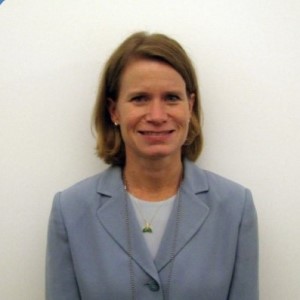
Dawn Schroeder
Naval Sea Systems Command, Environmental Management and Policy Division
Dawn has over 25 years of work experience supporting the Navy mission through the development and implementation of environmental policy relating to planning, acquisition, program management, and RDT&E.
Dawn graduated from St. Mary’s College of Maryland in 1993 with a bachelor’s degree in Biology and Economics, followed by a master’s degree in Environmental Science and Policy from The Johns Hopkins University in 1997.
Dawn began her career supporting the Department of Defense as a contractor with Versar, Inc., Horne Engineering, Inc., and Designers and Planners, Inc. from 1994 through 2000. In 2001, Dawn joined Naval Surface Warfare Center, Carderock Division as a Physical Scientist in the Environmental Quality Department. At Carderock, Dawn supported the Uniform National Discharge Standards program, non-indigenous species research, numerous acquisition programs and acted as the Contracting Officer Representative for a 5-year IDIQ contract worth over $37 M. Dawn is also DAWIA Level III Certified in Systems Planning, Research, Development and Engineering.
|
Back to Top
Session B1.1
Be the Tortoise, not the Hare: Gopher Tortoises and Solar | Bio
9:30 – 10:00 AM
| About the Presentation |
|
The bipartisan Infrastructure Investment and Jobs Act (IIJA) and Inflation Reduction Act (IRA) include substantial investment in a nationwide clean energy transition. As demand for renewable energy grows, the energy industry is racing to construct utility-scale solar projects. However, solar projects are increasingly overlapping with sensitive environmental habitats, including keystone species like the gopher tortoise in the Southeast. The presentation will provide an overview of siting tools and spatial data, gopher tortoise survey protocols, and project avoidance and minimization measures. Using a case study from a constructed utility-scale solar project in southwestern Georgia, the presentation will highlight how developing solar projects in gopher tortoise habitats is about slow-and-steady agency coordination, management plans, contractor training, and mitigation measures. Presenters, and members of the project team from HDR and Silicon Ranch Corporation, will describe design considerations for the solar arrays, access roads, and transmission lines. Gopher tortoise relocation plans, lessons learned, and monitoring protocols will also be described. Presenters will demonstrate how early project planning and long-term management strategies benefit both gopher tortoises and renewable energy projects. In the race to develop renewable energy, it's better to act more like the tortoise than the hare.
After the presentation, attendees will be able to:
- Identify available tools and resources for siting of solar projects in relation to sensitive resources, such as gopher tortoise habitats.
- Describe survey protocols and avoidance and minimization measures to consider during solar array design.
- Recognize the importance of early project planning, agency coordination, and long-term management for solar sites in proximity to gopher tortoise habitats.
|
| About the Speaker(s) |
|
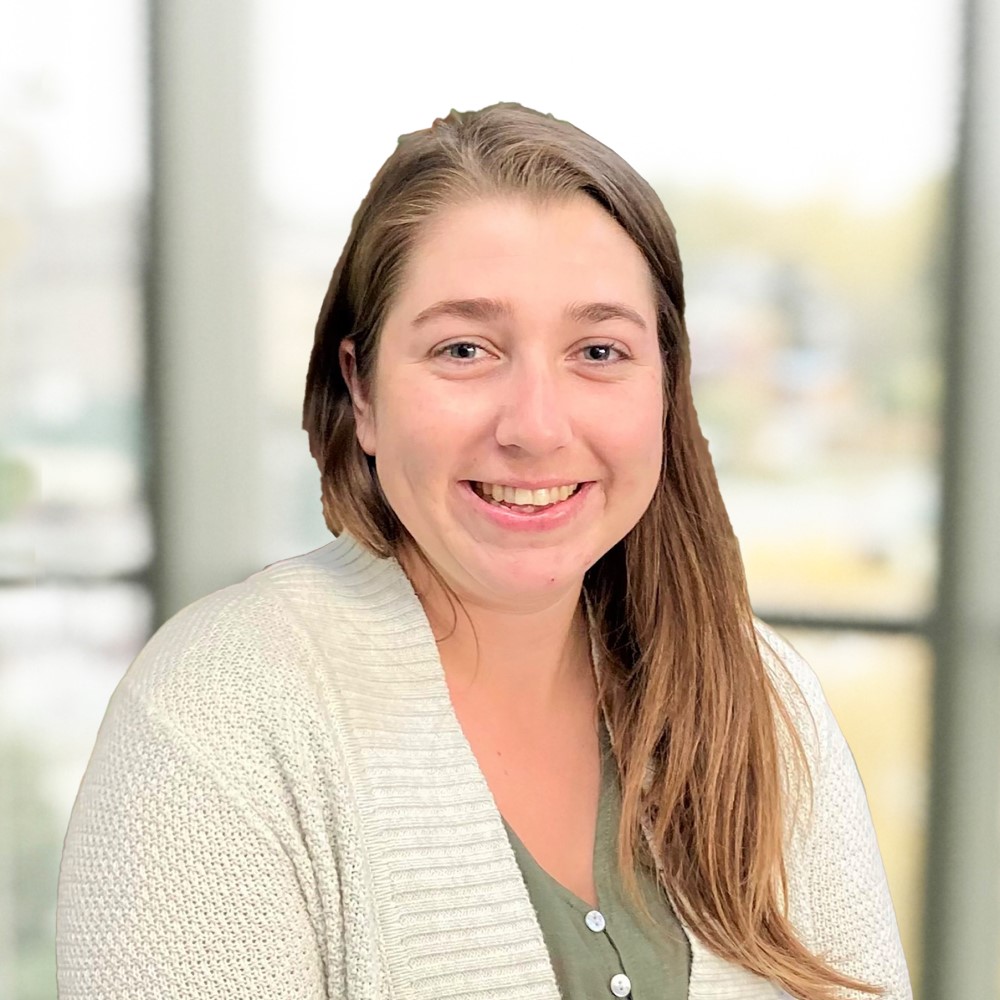
Lyranda Thiem
Biologist
HDR
Lyranda is a biologist with over 5 years of consulting and research experience applying principles of biology and ecology to a variety of projects. While at Austin Peay State University, Lyranda also lead a research project on the eastern musk turtle and assisted in field research focused on cotton mouths, garter snakes, northern and southern flying squirrels, and other small mammal species. Lyranda currently leads field survey efforts for threatened and endangered species and assessments of their habitat and performs stream and wetland assessments and delineations for solar projects across the Southeast. She also has experience with Section 404 and 401 permitting, Section 7 consultations, and state-level wildlife service consultations.
|
Session B1.2
Wildlife Fencing Guide - Developing a Handbook to Improve Wildlife Fencing | Bio
10:00 – 10:30 AM
| About the Presentation |
|
Fencing is used as a research and mitigation tool for animals in a wide variety of projects. However, the fence materials, heights, and installation recommendations vary from region to region, state to state, and country to country. Many government and non-government-funded documents that provide recommendations for fencing also lack detail in designs, installation, and maintenance often leaving engineers, biologists, and contractors ambiguous about what to use. This ambiguity often leads to sub-optimal materials and methods being used and is often discovered to be dangerous for the target species or don't last the duration of a project. This can have untold impacts on populations and prove costly for project stakeholders. We have reviewed a wide range of recommendations from across the world and combined this with an independent investigation into a comprehensive range of case studies to assess and influence a new detailed set of guidelines. This resource will be continually reviewed and updated as new information on this topic comes to light. New chapters will also be added as we learn more about the needs of practitioners that reference this document. We hope this resource will become a valuable asset to help agencies and individuals across the world ensure they can easily implement reliable, cost-effective, and ecologically sensitive fencing measures to protect our wildlife populations. It can be downloaded free now from www.wildlifefencing.com.
|
| About the Speaker(s) |
|

Steve Béga
Wildlife Biologist
Animex International
Steve Béga is a wildlife biologist, leading research and development for Animex International. He has collaborated with a broad range of government agencies and NGOs across the world to design effective mitigation systems for herpetofauna and small mammals. In recent years he has also worked on developing new technologies to help the reporting and sharing of information pertinent to transport ecology and promoting better working practices.
|
Back to Top
Session C1
Using Envision to Advance Sustainable Transportation | Transportation
9:30 – 11:00 AM
| About the Presentation |
|
The Institute for Sustainable Infrastructure (ISI) is an education and research nonprofit established by the American Public Works Association (APWA), the American Society of Civil Engineers (ASCE), and the American Council of Engineering Companies (ACEC). ISI developed and manages Envision, a framework and rating system for assessing sustainability, resiliency, and equity in civil infrastructure. The framework promotes climate resilience, stakeholder engagement, carbon neutrality, environmental justice, resource efficiency, and several other sustainability indicators. Envision has been used to improve the project planning, design, and delivery of roads, renewable energy projects, water/wastewater projects, and other types of civil infrastructure. Envision also allows projects and their owners to be recognized for their efforts and achievements in advancing sustainable infrastructure.
Through a panel discussion, this session will present a case study using the Envision rating system for a transportation project and how it allows projects and their owners to be recognized for their efforts and achievements in advancing sustainable infrastructure. The session will begin with a discussion of how Envision was integrated into the project design process as a framework for meeting and tracking sustainability goals, followed by the alignment and coordination of Envision with the broader environmental requirements leading into construction. The session will close with a perspective from the transportation provider on the decision to use Envision to deliver more sustainable transportation projects and the realized sustainability benefits.
|
| About the Moderator |
|
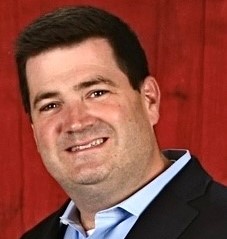
Christopher Lund, ENV-SP
Corporate Environmental Manager
The Lane Construction Corporation
Christopher Lund is the Corporate Environmental Manager for The Lane Construction Corporation. He has more than 20 years of environmental experience both in the field and in program management. He has served those functions across various aspects of the industry, ranging from client representative to designer to construction. Currently, he serves as the lead environmental subject matter expert for Lane, overseeing compliance, training, bid development, and project startup nationwide. Chris is also an expert in construction monitoring, erosion and sediment control, and environmental site assessment. He holds a Bachelor of Science in environmental science and geology from The College of William and Mary.
|
| About the Speaker(s) |
|
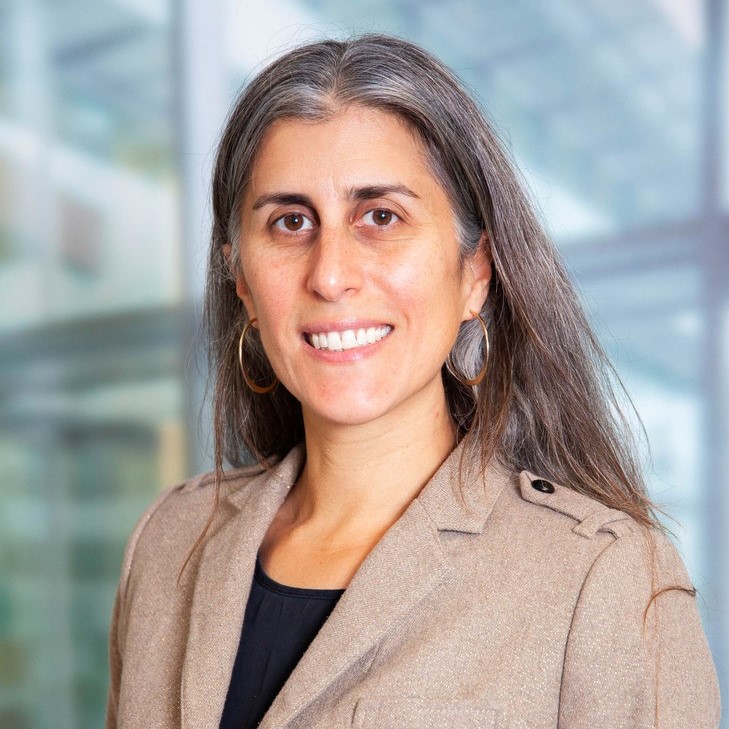
Antoinette Quagliata; ENV-SP; LEED AP
Manager Sustainability Services
Dewberry
Antoinette Quagliata, LEED AP, ENV SP is Manager, Sustainability Services with Dewberry. An environmental management professional working at the intersection of sustainability and mobility innovation, she has played a leading role in sustainability initiatives nationwide and brings valuable insight to her role as a senior project manager. Before joining Dewberry, Antoinette’s experience includes more than a decade at the Federal Transit Administration, providing her with insight into strategic policy and federal programs that help clients reach their goals to develop, prioritize, implement, and measure sustainability projects and policies. She is a certified Institute of Sustainable Infrastructure (ISI) Envision Sustainability Professional and holds a master’s degree in environmental management from Duke University and a bachelor’s degree in biology from Cornell University.
|
|
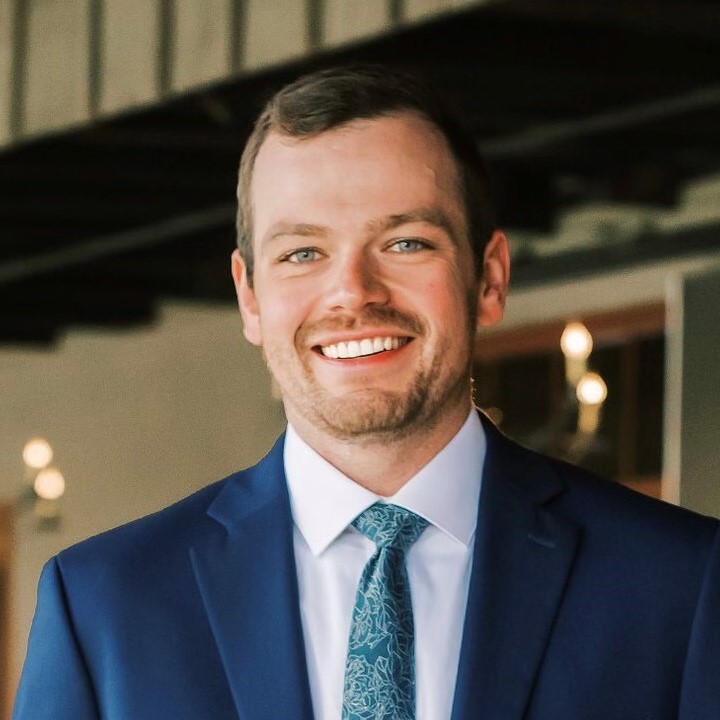
John Whelan; ENV SP
Environmental Coordinator
Lane Construction
John Whelan leads the environmental compliance efforts for Lane Construction on the I-495 Express Lanes Northern Extension project in Northern Virginia. He is responsible for ensuring construction activities are following all federal and state environmental requirements as well as coordinating with the construction team to find methods to achieve the project's sustainability goals. John has 7 years of experience in the environmental field and holds a bachelor’s degree in Geology from the University of Maryland.
|
|

Vincent Guimont-Hebert; MBA, P.Eng
Sustainability Manager
Transurban
Vincent Guimont-Hebert leads Transurban’s effort in integrating sustainability principles into the operational and administrative functions of the business. He is responsible for the elaboration and execution of ESG programs generating environmental, social, and economic shared value for Transurban’s stakeholders. Vincent holds a Bachelor’s degree in Civil Engineering from Montreal’s Polytechnique University, an MBA from Quebec University, and an Executive MBA from Paris-Dauphine University.
|
Session D1.1
Evaluation of Embedded Benefits for NC Biochar Amended Soil Applications | Water
9:30 – 10:00 AM
| About the Presentation |
|
Stormwater runoff continues to be a source of pollution in urban areas, due to rapid urban developments and everchanging climatic patterns. To counter these challenges, green infrastructure (GI) such as bioswales and other biofilter systems have been shown to improve soil retention and mitigate erosion caused by runoff at various scales. Furthermore, GI has additional unintended benefits to society and the environment. GIs are instrumental in improving air quality and biodiversity in urban areas, which translates into improved ecosystem services for inhabitants. These GIs can be enhanced with the addition of carbon-based supplements such as biochar to improve the soil's hydraulic properties and contaminant removal. Biochar has also been found to be a cost-effective soil amendment in GI applications and has shown promise in improving urban habitats through contaminant removal and carbon sequestration. Additionally, biochar has been shown to improve nutrient release and cycling in depleted soils for plant growth and development.
For this study, the embedded benefits of biochar-amended GI sites will be evaluated using a triple bottom line (TBL) framework and model. We will model the economic, environmental, and social co-benefits associated with biochar-amended GI systems. Based on these benefits, we shall generate a framework using GI metrics such as construction and maintenance costs and improvements to ecosystem services. Other GI metrics will include air quality levels, urban heat mitigation, carbon sequestration rates, and energy demand reductions. These metrics will be incorporated into a user-interactive TBL model for application in North Carolina. The resulting model will be used in a case study to provide insight into biochar's embedded benefits for stormwater management applications. We will also identify limitations and areas where future research will be needed. Future integration of this TBL model can be incorporated into the optimization of stormwater best management practices (BMPs).
|
| About the Speaker(s) |
|

Denise Adjidjonu
Graduate Research Assistant
University of North Carolina at Charlotte
Denise is a Graduate Research Assistant at the University of North Carolina at Charlotte and pursuing her Ph.D. in the Infrastructure and Environmental Systems (INES) program. She completed her Bachelor of Science in Construction Management in 2017 at Minnesota State University, Mankato, and her Master of Science in Construction Science and Management (MSCSM) with emphasis on Sustainability from Clemson University in 2019. Her research interests are currently focused on the impact of contaminants from urban and agricultural applications on surface waters. In her free time, Denise enjoys reading, drawing, crocheting, and traveling.
|
Session D1.2
Opportunities of the NRCS Watershed and Flood Prevention Operations Program | Water
10:00 – 10:30 AM
| About the Presentation |
|
Natural Resource Conservation Service (NRCS), under the authority of Public Law 83-566 and 78-534, provides watershed planning, design, and construction services under the Watershed and Flood Prevention Operations (WFPO) program. Through the WFPO program, the NRCS cooperates with local sponsors to identify watershed problems and opportunities. The NRCS provides financial and technical assistance for planning, design, and construction. The authorized project purposes for which Federal assistance can be provided are: 1) Flood Prevention (Flood Damage Reduction); 2) Watershed Protection; 3) Public Recreation; 4) Public Fish and Wildlife; 5) Agricultural Water Management; 6) Municipal and Industrial Water Supply; 7) Water Quality The Management; 8) Watershed Structure Rehabilitation.
This session will provide an overview of the WFPO planning process, from inception (Preliminary Investigation and Feasibility Report) through the development of a Watershed Plan and Environmental Document (Plan-ED). The NRCS assistance limits and sponsor requirements will be presented. The various project purposes will be explained and examples of the types of watershed issues that apply to those purposes. The NRCS guidance (National Watershed Program Handbook and Manual), will be explored in relation to National Environmental Policy Act (NEPA), National Economic Development (NED) account, and Section 404 of the Clean Water Act requirements. Through this review, the steps of Plan-ED formulation that includes scoping, purpose and need development, alternatives development (range of alternatives and screening), and environmental and economic analysis will be reviewed.
Session participants will gain an understanding of:
- The Natural Resource Conservation Service's Watershed and Flood Prevention Operations (WFPO) program, the federal purposes that apply, the funding assistance as it pertains to planning, design, and implementation, and the planning process requirements.
- The planning process requirements include the scoping (including public and agency involvement), problem and opportunity identification, alternatives development including the technical requirements needed to analyze alternatives, environmental impact assessment, and economic analysis.
|
| About the Speaker(s) |
|
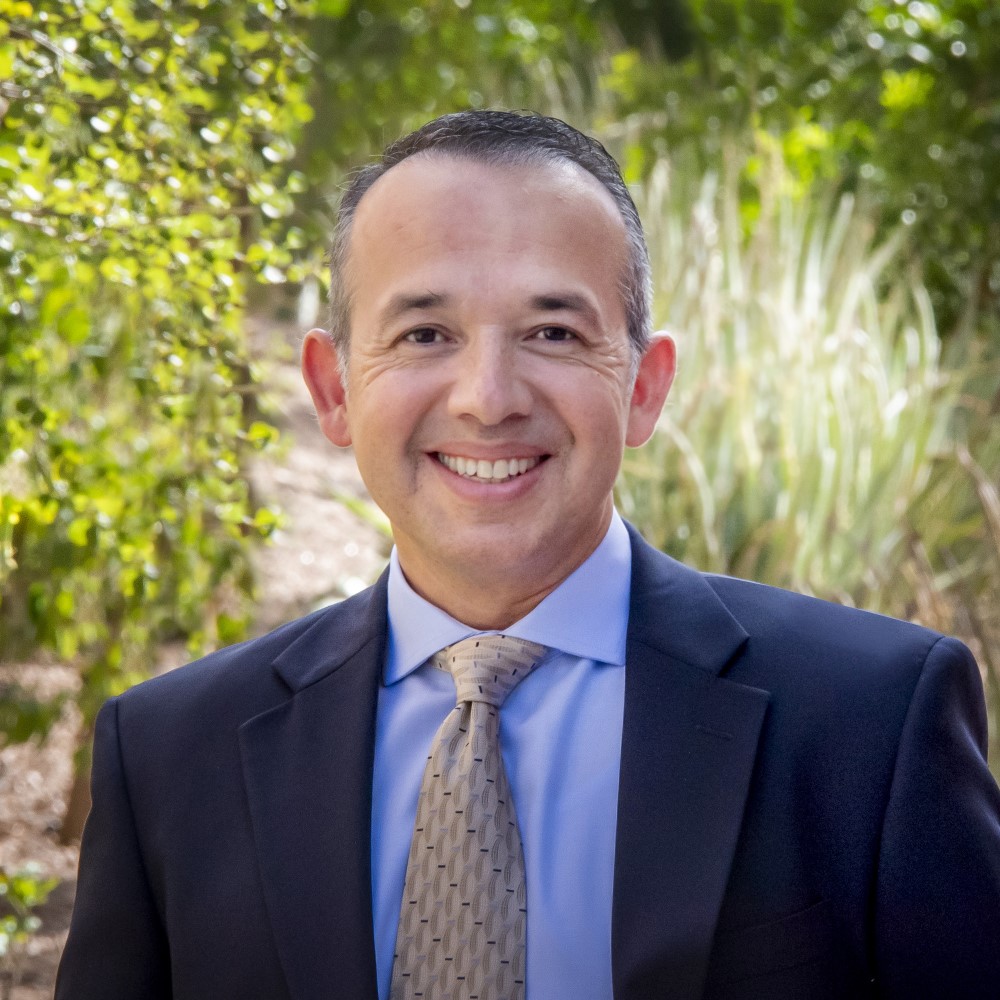
Alex Coronel, CFM
Senior Water Resources Engineer
HDR Engineering, Inc.
Mr. Coronel is a skilled hydrologic engineer and hydraulic analyst with over 23 years of experience. Mr. Coronel received his BS in Civil Engineering from Arizona State University. He has specific expertise in watershed hydrology and hydraulic analysis of natural streams and engineered drainage improvements using both legacy 1D modeling software and state-of-the-art 2D modeling tools. Mr. Coronel's experience covers a broad range of services from studies to final designs.
|
|
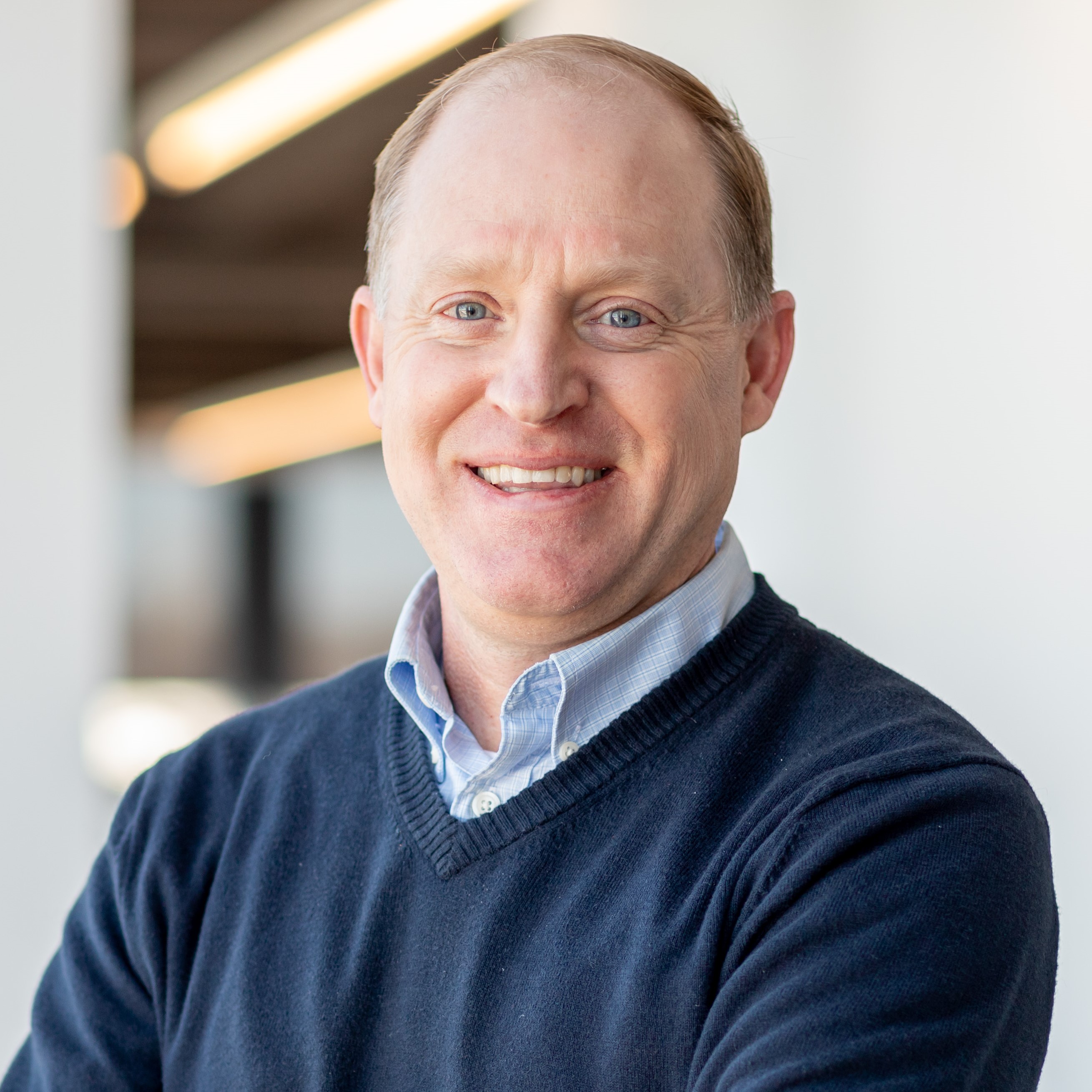
Matt Pillard, AICP
Senior Environmental Planner
HDR Engineering, Inc.
Mr. Pillard is experienced in multiple aspects of environmental and resource management. He has 25 years of experience at HDR Engineering, Inc. Mr. Pillard holds a BS in Natural Resources and MS in Community and Regional Planning with a focus on watershed planning and management from the University of Nebraska-Lincoln. His area of expertise includes managing Section 404 of the Clean Water Act permitting and general environmental permit compliance, execution of the NEPA process for multiple federal agencies, and watershed planning related to integrated resource management.
|
Session D1.3
Leveraging Low-Cost Remote Environmental Monitors to Measure Stream Health in the Arid Southwest | Water
10:30 – 11:00 AM
| About the Presentation |
|
ADEQ Scientists of the Southern Regional Office, Hans Huth, and Ronald Tiller had several unsuccessful sampling trips while studying E. Coli in the San Pedro River watershed. Reaching the sampling location on the San Pedro River involved a several-hour hike across rough country during monsoon season. This was especially frustrating since precipitation was called for in the forecasts and deployed first flush samplers had been installed to collect surface water. Why were they not able to recover any surface water? How was it efficient for two professionals and a state vehicle to spend an entire day to find out there was not sufficient flow to collect a sample?
The answer came to them during the drive back to the office: A Remote Environmental Monitor to report if water flowing in the stream channel with the goal of increasing sampling success. This idea is not totally unique, stream gages have been remotely reporting flow data for a very long time. However, these installations are expensive and not suited for remote sampling sites. After ruling out commercial options, that either lacked satellite capability or were expensive, Hans Huth hit upon cellular and satellite telemetry that was compatible with Arduino microcontrollers. After many iterations of code and testing hardware, ADEQ arrived at its current standard for a REM capable of sending a message with satellite telemetry. ADEQ now deploys Remote Environmental Monitors to report when water flows in ephemeral and intermittent reaches. These are low-cost, open-source systems that help the Watershed Improvement Unit allocate resources for sampling trips and collecting other data. Examples of successful deployments are an Ultrasonic Sensor REM monitoring stage height on Spring Creek and on the Eugene Tributary to Big Bug creek, which reports stream flow below an abandoned mine remediation site. This presentation will focus on ADEQ's REM components, capabilities, support system, and cost comparison to current commercial technologies.
|
| About the Speaker(s) |
|

Jason Elliott
Hydrogeologist
ADEQ
Jason Elliott is a Hydrogeologist at the Arizona Department of Environmental Quality's Watershed Improvement Unit. Jason manages Abandoned Mine Lands remediation projects from start to finish including site characterization, remedial action oversight, and effectiveness monitoring.
|
Session E1
Tribal Consultation Within and Outside the Context of Section 106: Establishing the Baseline for Successful Collaboration | Cultural
9:30 – 11:00 AM
| About the Presentation |
|
Tribes across the United States see a need to have tribal members participate in the thousands of federal and state-mandated cultural resource and biological baseline surveys that occur each year throughout their traditional land base. Tribal historic preservation offices, traditional cultural practitioners, and tribal elders are unable to check each proposed project for potential areas of tribal concern.
This panel discussion explores the innovative strategies employed by Arizona’s THPOs working in concert with Westland’s Tribal Monitoring Program to provide a Native perspective during cultural and natural resources studies and to increase Tribal participation in the management of our shared story, land, and resources. This discussion also explores the collaborative history, purpose, development, and possibilities of a Tribal Monitoring Program within, and outside of, the Section 106 Consultation process, and best practices for working with Tribal Nations in a cultural resources management setting. This panel is intended to be 90 minutes with four speakers and a moderator. The moderator will provide the introductory framework and introduce the panelists.
After the presentations, the moderator will open up the floor for questions and direct discussions.
|
| About the Moderator |
|
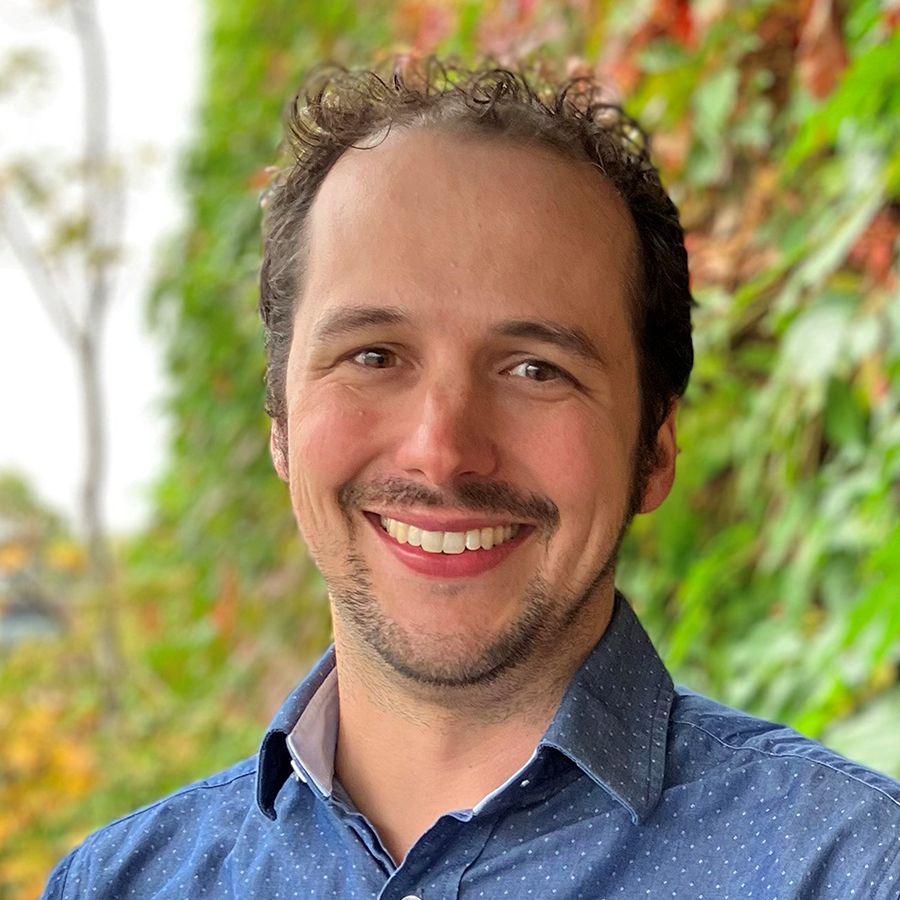
Brian Durkin, MA, RPA, JD
Cultural Resource Specialist III
Environmental Science Associates
Brian brings fourteen years of professional experience in archaeology and cultural resource management. He has participated in archaeological investigations in Washington, Oregon, Idaho, Alaska, Utah. He uses his expertise to support a wide variety of projects and clients in the field and reporting as they relate to compliance with Section 106 of the National Historic Preservation Act (NHPA), SEPA, NEPA, GEO 21-02 (formerly GEO 05-05). His skills include conducting background literature and records reviews, authoring technical reports, pedestrian surveys, subsurface investigations, data recovery excavations, and monitoring. Brian uses his unique background in archaeology, policy, and law to carry out projects in the northwest.
|
| About the Speaker(s) |
|

Avi Buckles, MA, RPA
Director of Cultural Resources
WestLand Engineering & Environmental Services, Inc.
Avi Buckles moved to Arizona in 1996 to attend the University of Arizona Anthropology program and, after graduating, worked on dozens of archaeological excavation, survey, and construction monitoring projects on both prehistoric and historical sites. Avi has been an archaeologist in the private sector since 2000 when he started working on cultural resources management projects throughout Arizona and New Mexico. Avi began his career at WestLand in 2004 and was appointed as an Associate to the leadership team in 2016. He subsequently became a field director and project manager for WestLand, with a research focus on historical archaeology and Southwestern mining and ranching history. Avi received his graduate degree in History from Arizona State University in 2017 and has directed numerous small and large survey and data recovery projects as well as public outreach assignments in Arizona and New Mexico. His passion is mining history, and Avi has produced detailed mining landscape studies and multi-media public presentations that integrate field archaeology, archival research, and oral-history to help manage legacy mining operations. From small development projects to large complex data recoveries, Avi is able to combine his business skills, archaeological knowledge, and attention to client and agency needs to successfully manage cultural resources projects.
|
|
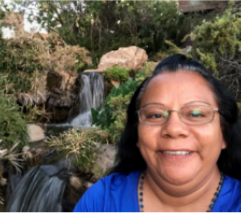
Bernadette Carra
Ak Chin Indian Community and Field Director
WestLand Engineering & Environmental Services, Inc.
Bernadette C. Carra is the Tribal Monitor Field Director (Ak-Chin Indian Community). Ms. Carra was born in Phoenix, Arizona, and grew up in Maricopa, Arizona. She is a member of the Ak-Chin Indian Community and currently resides in Casa Grande, Arizona. The Ak-Chin Indian Community is one part of the Four Southern tribes that also include the Gila River Indian Community, the Salt River Pima-Maricopa Indian Community, and the Tohono O’odham Nation Ms. Carra attended Maricopa High School in Maricopa, Arizona, and obtained her GED from Seguin High School in Seguin, Texas. She has also obtained Certificates for Medical Assistant and Medical Biller & Coder from the Maricopa Skills Center in Phoenix, Arizona, and a Certificate of Business from Central Arizona College in Coolidge, Arizona. In 2012, she began employment with the Ak-Chin Indian Community as a Security Officer, patrolling the Community boundaries to protect Community assets. In 2017, she transferred from the Security Department to the Cultural Resources Department and held the position of Cultural Resource Specialist – Land Management. She is currently employed by WestLand as a Tribal Monitor.
Ms. Carra applied to be a Tribal Monitor simply to be a voice for her people and ancestors in protecting her tribal heritage—past, present, and future. Bernadette feels that a Tribal Monitor presence is important during these projects because tribal involvement is never included in projects from the beginning where such input is most valuable. Bernadette has benefited from the Tribal Monitor Program because it has allowed her to use her knowledge to assist archaeologists in understanding the O’odham culture rather than just interpreting it. She has been given the opportunity to learn from her Elders the history of her culture, traditions, and beliefs and the importance of preserving her identity.
|
|
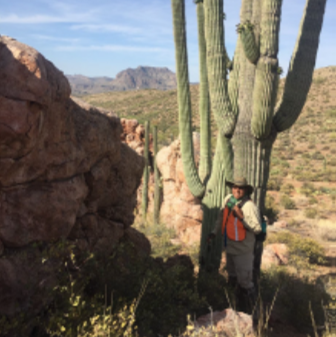
LeRoy Shingoitewa
Tribal Monitor Group Manager
WestLand Engineering & Environmental Services, Inc.
Loma’talongva. Nu Lomahongva yan Hopi maatsiwa. Nu Munqangö niqw nu Pìikyaswungwa. Nu LeRoy Jarad Shingoitewa yan pahan’maatsiwa
LeRoy J. Shingoitewa is a member of the Hopi Tribe. His Hopi name is Lomahongva. He is from the village of Lower Munqapi and is of the Pìikyaswungu (Young Corn) clan. Having grown up on the Hopi Reservation, LeRoy’s cultural knowledge was taught to him by his grandparents (Belle and Allen Nuvayestewa and Mardell and Samuel Shingoitewa). His parents LeRoy N. and Mavis Shingoitewa reinforced these teachings and always reminded him about being mindful of who he is. Education was always a priority for his family. LeRoy attended the University of Arizona and received his B.S. in Biology with a biomedical focus. Prior to becoming the Tribal Monitor Group Manager, he worked for the Hopi Tribe in the Wildlife and Ecological Management Program as a Wildlife Technician Intern.
With this background of cultural and biological knowledge, LeRoy felt he could benefit the Tribal Monitor Program. As caretakers of the land, he believes: Tribes have an obligation to protect both land and animals, and this program gives the tribes that opportunity by having the Tribal members included and present in the archaeological surveys. Tribal Monitors have an important duty of being the eyes and ears for our Elders. By being in the field with the archaeologists on the surveys, the monitors can make a difference and hopefully make some changes that could benefit all the tribes involved. This program has given LeRoy the opportunity to go to places he has never been before. The knowledge that he has learned from this program will allow him to return to the Hopi Reservation and help his people in the future.
|
|

Shane Anton
Tribal Historic Preservation Officer
Salt River Pima-Maricopa Indian Community
Shane has extensive experience working with the SRPMIC and other tribal governments, especially with the Four Southern Tribes. A position he has held over the last seventeen (17) years. In particular, he is knowledgeable and experienced in tribal cultural resources consultation. The THPO is delegated with the implementation of all local, state and federal mandates governing cultural resource preservation on behalf of the SRPMIC. His office also manages NAGPRA consultation, research requests section, O’Odham traditional agriculture projects, and has developed an award winning Cultural Sensitivity program. The THPO is part of the tribal cultural resources department which also houses the O’Odham Piipaash Language Program (OPLP) and the Huhugam Ki Museum. Shane has also served on various planning committees, museum and archaeological boards and committees, that deal with cultural issues.
|
|
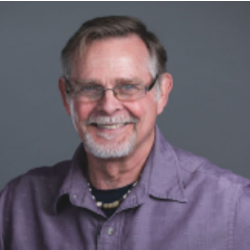
William Deaver
Principal Investigator, WestLand Resources Tribal Monitor Project Director
WestLand Engineering & Environmental Services, Inc.
Mr. Deaver has over 40 years of experience as an archaeologist in the American Southwest and has served as a principal investigator at WestLand since 2006. He specializes in the study of prehistoric pottery, particularly the prehistoric pottery traditions of central and southern Arizona. Mr. Deaver is also a noted authority on archaeological chronology and chronometry, particularly the application of archaeomagnetic dating in archaeological research. From 1987 to 2001, he served variously as consultant and acting director of the Archaeomagnetic Dating Program at the University of Arizona, collecting, measuring, and analyzing archaeomagnetic data from archaeological sites spanning 6,000 years of prehistory and history in the American Southwest, California, and northern Mexico. His particular research interest is the application of archaeomagnetic data to construct high-resolution settlement histories and detect the archaeological signatures of distinct social groups. At WestLand, Mr. Deaver serves as principal investigator for a wide variety of cultural resource projects and is responsible for overseeing research, field methods, collections management, information management, and quality control.
|
Back to Top
Back to Schedule
|





















